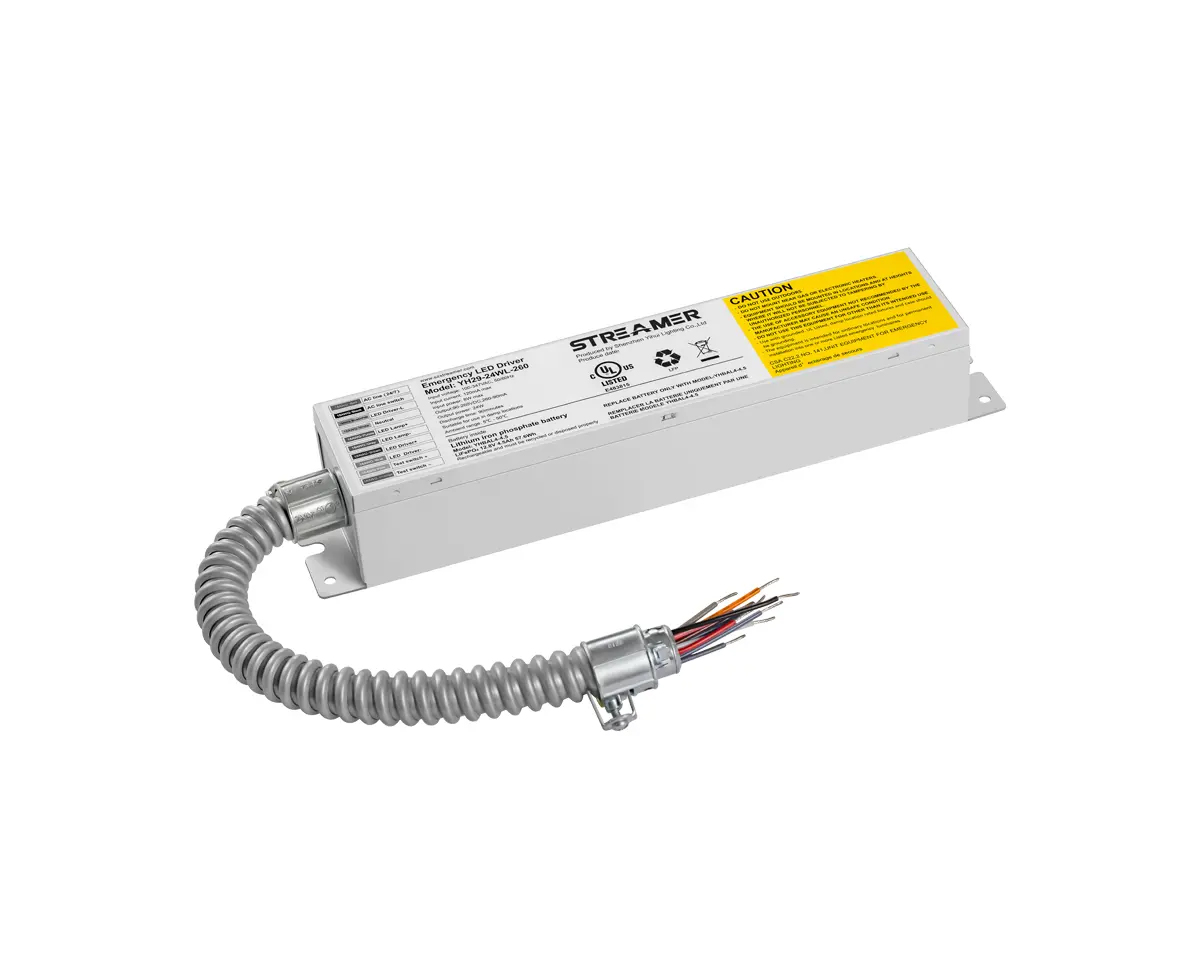 1
1
 Apr 04, 2025
Apr 04, 2025

The crush - resistance of LED emergency drivers is an important consideration, especially in environments where they may be subjected to compressive forces. Understanding the crush - resistance capabilities of these drivers can help ensure their reliable operation.
LED emergency drivers are typically designed with a certain level of crush - resistance. The housing of the driver is a key factor in determining its ability to withstand compressive forces. High - quality drivers often use durable materials for the housing, such as aluminum or reinforced plastic. Aluminum housings offer excellent strength - to - weight ratio and can effectively resist crushing. Reinforced plastic housings, on the other hand, can provide good impact and crush resistance while being lightweight.
In addition to the housing material, the internal structure of the LED emergency driver also plays a role in its crush - resistance. The layout of the components on the PCB and the use of support structures can help distribute the compressive forces evenly. For example, some drivers may have internal ribs or brackets that provide additional support to the PCB and the components. This helps prevent the components from being damaged under pressure.
However, it is important to note that the crush - resistance of LED emergency drivers has its limits. Excessive compressive forces can still cause damage to the driver. In applications where the drivers may be exposed to high - pressure environments, such as in industrial machinery or storage areas, additional protective measures may be required. This could include the use of external protective covers or enclosures that can further enhance the crush - resistance of the driver.